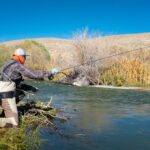There are several types of fishing rods, each designed for specific functions and purposes. It is critical that the angler chooses the correct rod for their fishing style, location, and the fish they target. Trolling and casting rods are two such rods with specific designs and uses, but how are these different, and what makes them well-suited for their individual applications?
Trolling rods are made for trolling. These rods are shorter, stronger, and have a higher power rating than casting rods. Casting rods are made for cast and retrieve fishing. These rods are longer, lighter, more flexible, and have more sensitivity than trolling rods.
If you enjoy offshore fishing, there are two types of rods you can use: trolling rods and casting rods, but which is best for you? Let’s examine trolling rods and casting rods to determine their difference, highlight their unique design features, learn how they are used, and help you decide which is the better rod for you.
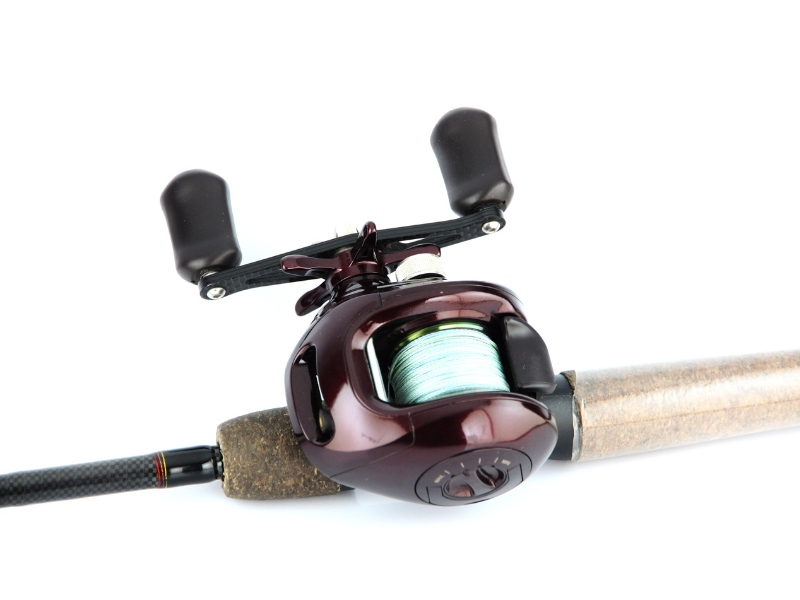
Trolling Rods Vs. Casting Rods: What’s The Difference?
Trolling rods and casting rods are two of the most common rods used for saltwater fishing, but they are also commonly used for freshwater fishing. These two fishing rod types can look very similar, which can lead some anglers to wonder what the differences are between them.
Trolling rods and casting rods look very similar, and they can have very similar designs, but they have very different applications. The main difference between these two types of fishing rods is the way they are designed to be used.
Casting rods are used for cast and retrieve fishing styles. These rods are thinner than trolling rods. They can be used from boats or from the shore, they can be used in any water, and they can be used to catch a wide range of fish, depending on the power rating of the rod.
These rods have a greater sensitivity and are designed for anglers to cast and retrieve baits and lures for catching fish in rivers, saltwater, and lakes.
Trolling rods, however, are much more rigid, have a slower action, and are designed for fishing by dragging a line behind a moving boat, a method known as trolling.
These rods are designed to catch very large fish in open water such as lakes or in the ocean. They are made to be strong enough to overcome the weight of the boat’s wake as well as the fight of the fish on the line, and they have specialized features that make them better for this type of fishing.
The differences between trolling and casting rods lie in the way they are designed to be used. Let’s identify the most prevalent differences between trolling and casting rods.
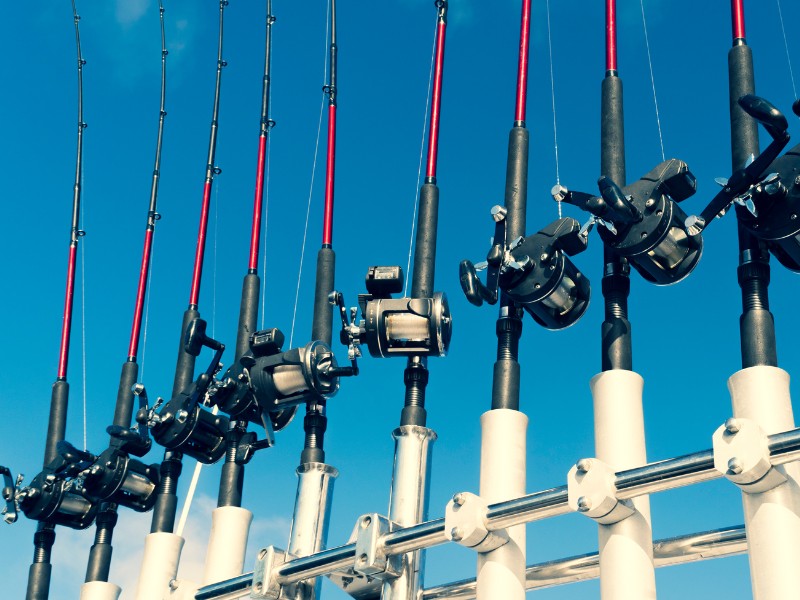
Rod Length
Among the most visible differences between casting and trolling rods is the difference in rod length. The main shaft of casting rods is typically longer than trolling rods.
Trolling rods are made shorter than casting rods, as they do not need a fast action, and they are made to be stronger overall than casting rods.
The longer length of casting rods allows for better and more controlled casting, better sensitivity, and better performance. Trolling rods do not need these features, as they are made to drag line behind a boat and pull in heavy fish.
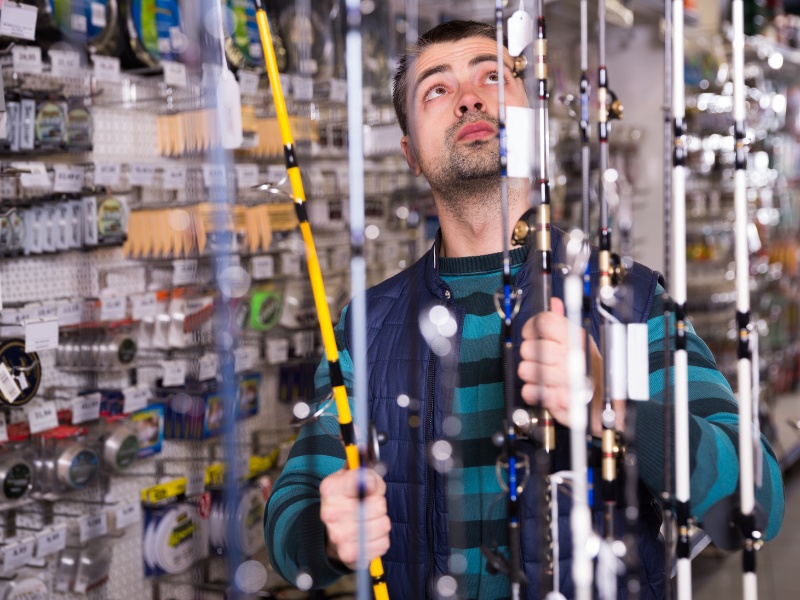
Rod Power Rating
Trolling rods and casting rods have significantly different power ratings. Almost all trolling rods have a moderate to very high power rating. These rods need to be strong to overcome the weight of the water pulling against the line, as well as the weight and power of the fish that these rods are likely to catch.
Casting rods are available in a much wider range of power ratings. There are very low-power casting rods for catching small fish with lightweight lures, and there are casting rods with very high power ratings for catching monster fish in salt and freshwater.
There is almost no variety in trolling rods regarding power rating. Almost all trolling rods are made to be very strong.
Rod Flexibility And Action
The flexibility of these fishing rod types is another crucial difference. Almost all casting rods are made to be highly flexible, and almost all have a moderate to fast action.
Casting rods need to have a fast action for casting long distances, casting as accurately as possible, and getting the best performance from the rod based on the fishing style it is used for.
Trolling rods are not flexible, and they typically have a slow action. This means that these rods bend closer to the handle, creating a parabolic curve in the rod. This enables the rod to bounce when a fish takes the hook, enabling the rod to fight the fish on its own before the angler can get to it.
Trolling rods are also more rigid to increase the strength of the rod, which is necessary for its application.
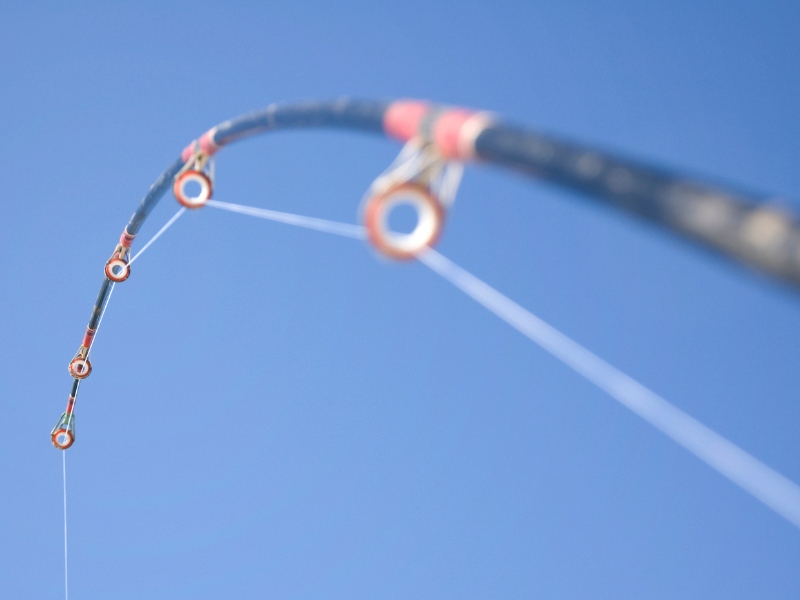
Rod Sensitivity
Casting rods and trolling rods are designed for very different fishing styles. One by-product of this is that they have very different levels of sensitivity.
Casting rods are typically much more sensitive than trolling rods. Casting rods must provide a good feel and as much information as possible to anglers to enable them to set hooks quickly when a fish is on the line.
Trolling rods do not have good sensitivity, as this feature is not required for this type of fishing.
Trolling is typically done by leaving multiple rods in stands or holders while the boat moves forward, which means anglers do not hold the rod, making sensitivity unnecessary.
These rods have almost no sensitivity, which allows them to be made stronger, more rigid, have a slower action, and remain successful in catching various fish species.
Rod Spine Rigidity
The spine rigidity of a fishing rod is critical and significantly impacts its power rating and how it can be used.
A major design difference between casting and trolling rods is spine rigidity. Even the strongest casting rods have a less rigid spine than typical trolling rods.
Trolling rods usually have a much more rigid spine to help the rod withstand the tension of its application. Casting rods do not need spines this rigid, as they are rarely used in the wake of a boat and are used for smaller fish than trolling rods typically catch.
Rod Features
The features that casting and trolling rods are made with also make them different from each other, as they are used in very different fishing applications and therefore need different features to make them more successful.
For example, trolling rods are often equipped with rolling spools instead of one or more rod eyes. These spools keep the fishing line straight while trolling and prevent it from twisting. This increases the natural presentation of the bait or lures in the water.
Casting rods have other features that make their application more successful. For example, some casting rods have eyes on the opposite side to conventional rods to maximize the flexibility of the rod.
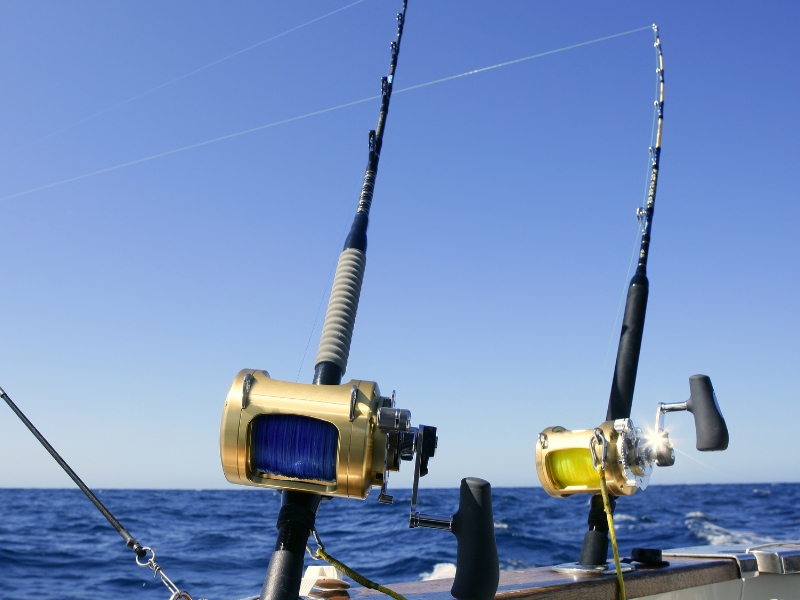
Reel Size And Strength
Another important difference between casting and trolling rods is the type and size of the reel that these rods use.
Trolling rods use very strong, very high-powered reels that can handle very thick, high-test fishing line. These reels are typically open-faced, and there is not much variety in trolling reels apart from spool size and overall strength.
Casting reels come in many variations depending on the type and test of line you prefer and the strength you require for your fishing style and target fish.
There are also many various types of casting reels available that have different features based on techniques and applications.
Conclusion
Trolling rods and casting rods are very different. Casting rods are made for cast and retrieve fishing methods while trolling rods are made for trolling.
If you prefer casting from boats or fishing from the shore, a casting rod is the best option for you. However, if you want to go deep sea trolling for monster fish, only a trolling rod will do.
- Do You Need An Indicator For Nymph Fishing? - November 16, 2023
- Fishing Safety Tips For Families - September 25, 2023
- What Is The Best Time To Night Fish At A Lake? - September 18, 2023


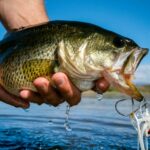
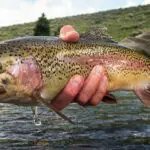
![Types of Fishing Rods [A Guide For Beginners] types of fishing rods](https://irvinelake.net/wp-content/uploads/2022/10/types-of-fishing-rods-1-150x150.png)
